Find the Pattern
We’ve talked about the fish and the places you can find them in previous blog posts so now we’re going to dive into the equipment and flies you might want to have on hand when chasing some of our resident exotics. They can be fished with a wide variety of gear, so it’s likely that most freshwater and saltwater anglers already have equipment that will function perfectly well. I’d like to provide some guidelines/suggestions to make packing for an outing a little easier and more focused.
Rods
 Just about any run of the mill trout, bluegill, bass, or light-duty saltwater rod will suffice when tackling the exotics. Fly size and weight are considerations, as are the size, weight, and fighting ability of the fish you hope to catch. Simply put, the larger the fly or the fish, the heavier weight rod I’m going to throw. Typical 4wt’s through 8wt’s are all usable with my personal favorite being a fast action 6wt with a full wells grip and fighting butt. The trick is finding a rod that’s comfortable to throw all day, excels at short to medium distances, presents a fly with acceptable accuracy, and has enough backbone to take the fight to the fish when necessary. I generally carry both a 6wt and an 8wt because I like the versatility of having a set up for small, lightweight flies and another for flies that are more difficult to cast.
Just about any run of the mill trout, bluegill, bass, or light-duty saltwater rod will suffice when tackling the exotics. Fly size and weight are considerations, as are the size, weight, and fighting ability of the fish you hope to catch. Simply put, the larger the fly or the fish, the heavier weight rod I’m going to throw. Typical 4wt’s through 8wt’s are all usable with my personal favorite being a fast action 6wt with a full wells grip and fighting butt. The trick is finding a rod that’s comfortable to throw all day, excels at short to medium distances, presents a fly with acceptable accuracy, and has enough backbone to take the fight to the fish when necessary. I generally carry both a 6wt and an 8wt because I like the versatility of having a set up for small, lightweight flies and another for flies that are more difficult to cast.
There are several rod models specifically made for the type of fishing we do in South Florida. The New 8’9” Sage Payload 6+ is one example. This rod would make a great mid-size stick for south Florida exotics and it can also double as a light saltwater rod.
Reels
A simply constructed and economical reel that’s mated to your chosen rod will suffice for most of the situations, but as in other sporting pursuits, using quality equipment will help guard against malfunctions and breakage. Moderately priced reels, like a Galvan Torque 6, or a Ross Evolution LTX 5-6, which are constructed of machined aluminum, will survive light abuse while their drags will withstand repeated fights with powerful fish. You might even get a chance to really test the drag’s smoothness and stopping power if you’re lucky enough to hook into a snook, tarpon, or other saltwater species that frequents the same waterways. Backing capacity isn’t of great importance so don’t worry that your favorite reel doesn’t hold over 100 yards of backing. Construction, quality, drag, and balance should be your main areas of concern.
Lines and Leaders
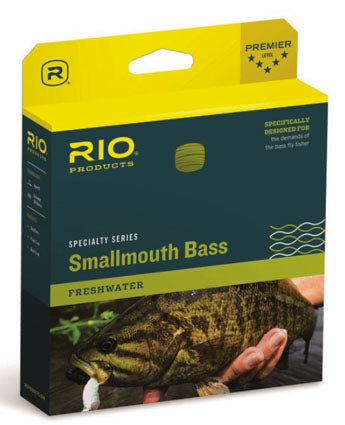 Weight forward floating, intermediate, and sink tip lines all work well in the canals and lakes of South Florida. Whatever you’re currently using for bass, panfish, or light saltwater species will work fine. My current favorite is a Rio Smallmouth Bass line. It loads well at short to medium distance, carries a variety of flies with ease, and it’s suitable for use in a wide range of water temperatures. Some tropical lines may be too stiff early in the season while cold water lines wilt in the summer heat. Adding a convertible tip or sinking poly leader to your pack list will allow you to fish deeper water without having to change the entire line. Just add the tip or leader and you’re back in the game.
Weight forward floating, intermediate, and sink tip lines all work well in the canals and lakes of South Florida. Whatever you’re currently using for bass, panfish, or light saltwater species will work fine. My current favorite is a Rio Smallmouth Bass line. It loads well at short to medium distance, carries a variety of flies with ease, and it’s suitable for use in a wide range of water temperatures. Some tropical lines may be too stiff early in the season while cold water lines wilt in the summer heat. Adding a convertible tip or sinking poly leader to your pack list will allow you to fish deeper water without having to change the entire line. Just add the tip or leader and you’re back in the game.
The fish aren’t particularly leader shy so we can normally get away with fairly heavy tippets by panfish and bass standards. Seven and a half to nine foot panfish or bass leaders with a class tippet in the 8 to 16 pound range will suffice. Just don’t throw an 8 pound tippet at a 12 pound peacock sitting in heavy cover. Use the heaviest leader you can get away with while still getting the strikes. And snakeheads? You better bring out the heavy tippet (16 to 20-pound range) and the heavy fluorocarbon or wire bite tippets.
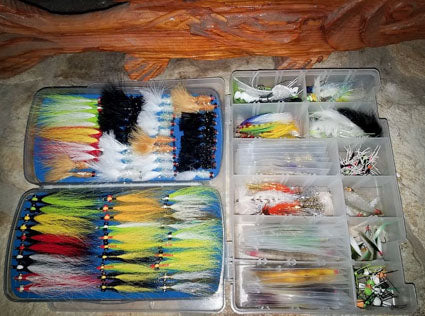 Choosing which flies to carry will be an ongoing problem no matter how many trips you make over the years. It isn’t a problem of coming up with an effective fly, but rather it’s an issue of deciding which of your favorites to leave at home. Any basic collection that combines freshwater bass/panfish, freshwater trout, and inshore saltwater flies will prove to be just the ticket for south Florida exotics.
Choosing which flies to carry will be an ongoing problem no matter how many trips you make over the years. It isn’t a problem of coming up with an effective fly, but rather it’s an issue of deciding which of your favorites to leave at home. Any basic collection that combines freshwater bass/panfish, freshwater trout, and inshore saltwater flies will prove to be just the ticket for south Florida exotics.
- Streamers – Seaducers, Flashtail Whistlers, Clouser Minnows, Deceivers, Schminnows, Dahlburg Divers, Bendbacks, Rattle Rousers, Wooly Buggers.
- Baitfish Patterns – EP Baitfish (Oscar, Micro Minnow, Peanut Butter), Polar Fiber Minnows, Surf Candy.
- Poppers/gurglers – Boogle Bugs, Gartside Gurgler, Boehm’s Gurgler, Boobies.
- Surface insects – Elk Hair Caddis, Stimulators, Adams, Damsels..
- Subsurface insects – Prince Nymphs, Hares Ears, Pheasant Tail Nymphs, Damsel Nymphs, Bett’s Bream Madness.
- Miscellaneous – Bread Flies, Mulberry Flies, Corn Flies, Spoon Flies.
Having the same pattern in a couple of different colors, hook sizes, and sink rates will give you some options to try when the fish aren’t cooperating. I feel that fly color isn’t nearly as important as pattern and presentation. These fish will take just about any fly in any color as long as it looks and acts like something they want to eat or triggers their aggression/territorialism. Basic color patterns like chartreuse/white, black/yellow or red, olive/white, red/white, pink, Firetiger (Baby Peacock), and basic earth tones for the insect imitations will all produce. Every fisherman develops his/her own favorite color combinations. Sticking with the basic rule that you should throw dark colors on dark days or in dark water, light colors on bright days and in clear water, will give you a place to start. Tie the same pattern in three versions to vary the depth of your presentation: (1) mono eyes/no weight, (2) beadchain eyes, (3) lead dumbbell eyes.
Miscellaneous Items: Let’s talk about a few pieces of equipment you might want to add to your pack list now that we have the essentials taken care of.
-
 A good pair of pliers like the Danco Premio, paired with a simple set of hemostats or hemocuts, will allow easy removal of hooks from fish of any size.
A good pair of pliers like the Danco Premio, paired with a simple set of hemostats or hemocuts, will allow easy removal of hooks from fish of any size. - Nippers are essential for cutting leader and tippet material.
- A water bottle is necessary for keeping hydrated on long walks along countless canals and lakes.
- Quality shoes are an absolute must if you plan on walking the shorelines for an extended period.
- Sunscreen for obvious reasons.
- Insect repellant will be invaluable especially along the southern section of the Aerojet Canal (C-111) where the deer flies are horrendous.
- Lightweight clothing with sun protective qualities should be standard attire.
- A comfortable pack of some type to carry all your gear will make a long day more comfortable.
I guess that this blog could have been much shorter and to the point if I had just said that you should just hit the road with whatever equipment you have on hand, and that may be the right answer for some folks, but what’s the fun in that? Besides, we fishermen need to stick together to justify having all this “STUFF.”

 A good pair of pliers like the Danco Premio, paired with a simple set of hemostats or hemocuts, will allow easy removal of hooks from fish of any size.
A good pair of pliers like the Danco Premio, paired with a simple set of hemostats or hemocuts, will allow easy removal of hooks from fish of any size.

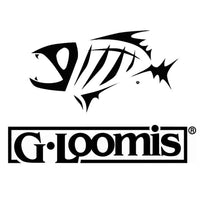


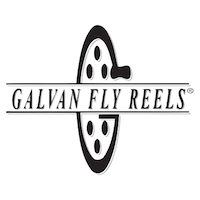


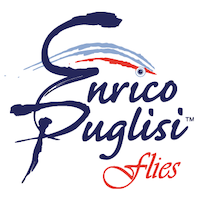





Comments